Odisha is blessed with abundant natural beauty and a large number of ecosystems and is home to some of the most beautiful lakes in India. These fresh water lakes in Odisha prove enticing for nature lovers, birdwatchers and adventure seekers alike. These lakes, which are home to unique wildlife with migratory birds and local fishing communities, are as much about natural aesthetics as they are about cultural enrichment. Odisha’s lakes offer enchanting experiences, be it boating, photography, or just a swift escape into nature’s beauty.
7 Best Freshwater Lakes In Odisha
There are many beautiful freshwater lakes in Odisha, each with unique ecological and cultural significance.
1. Anshupa Lake
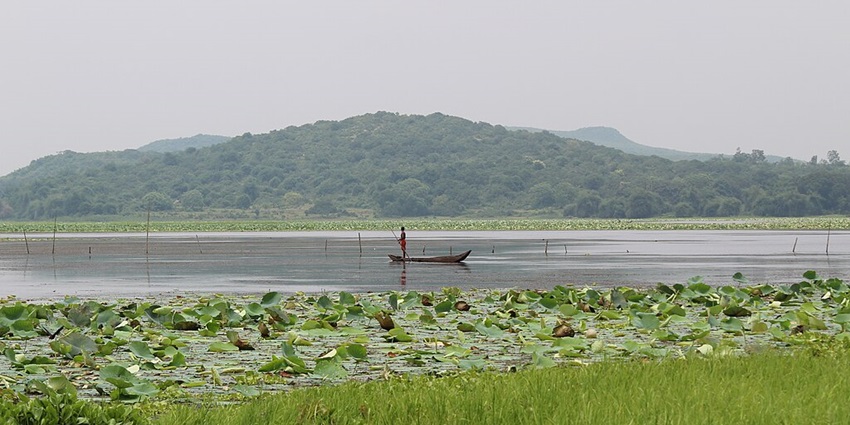
Photo: Krushna C Mahapatra / Wikimedia Commons
Anshupa Lake is a horseshoe-shaped waterbody and the biggest natural freshwater lake in the state of Odisha. It is spread over approximately 141 hectares and formed with the meandering of the Mahanadi River. Nestled between the Saranda and Bishnupur hills, the lake provides a beautiful backdrop for ecotourism. Anshupa, a low-level extensive wetland ecosystem, supports a rich aquatic genus of epiphytic flora added to the diversity of wetland flora. It is home to Rohu, Catla and other commercial fish varieties, which are important for local fishermen too. Nearby temples show Kalingan influences, implying the historical significance of the surrounding region.
Location: Banki, Cuttack district
Best Time To Visit: October to March
2. Kanjia Lake
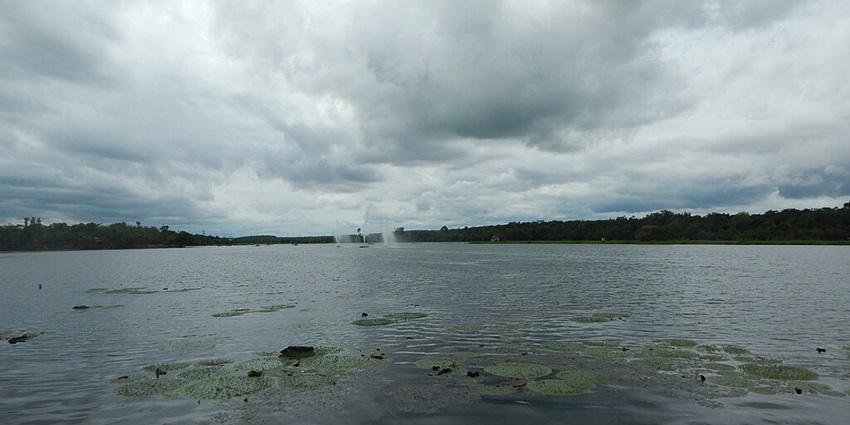
Photo: Chinmayee Mishra / Wikimedia Commons
Kanjia Lake on the outskirts of Bhubaneswar is an important fresh water lake in Nandankanan Zoological Park. Spanning approximately 134 hectares, the lake is critical in providing water resources to the zoo and has a myriad of aquatic life. It is home to a diverse array of flora and fauna, including native fish species, amphibians, and numerous water birds. In winter it is a sanctuary for migratory birds like pintails, teals and open-billed storks. Kanjia Lake takes the form of a combination of deep and shallow zones, as it is suitable for fish breeding.
Location: Near Nandankanan Zoological Park, Bhubaneswar
Best Time To Visit: November to February
3. Pata Lake
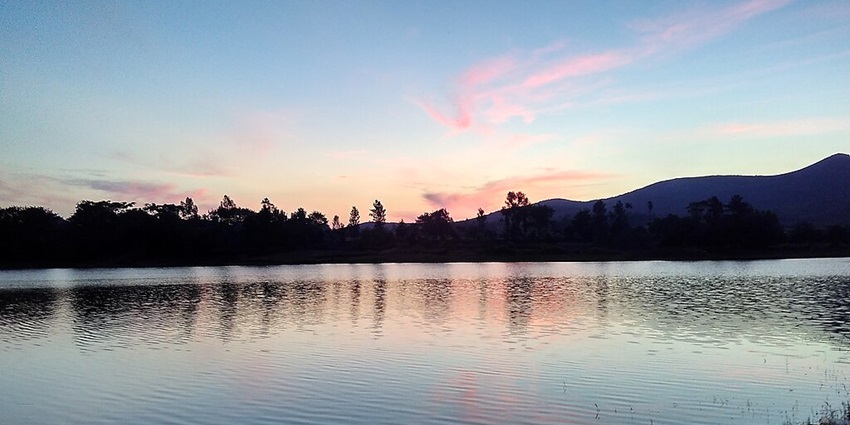
Photo: Panigrahiasmitku / Wikimedia Commons / Image For Representation Only
Pata Lake, a lesser-known freshwater lake, is an irrigation and local fishery. Lush green fields surround it and it is the primary source of water for the nearby agricultural lands. During the rainy season, the lake re energises and reaches its maximum before receding once more in the summer. Away from the popular lakes of Odisha, Pata has remained free from large-scale tourism, becoming an ideal hideout for nature lovers. It supports various fish, such as carp and murrel, which support the local fishermen’s livelihood.
Location: Ganjam district
Best Time To Visit: July to January
4. Sar lake
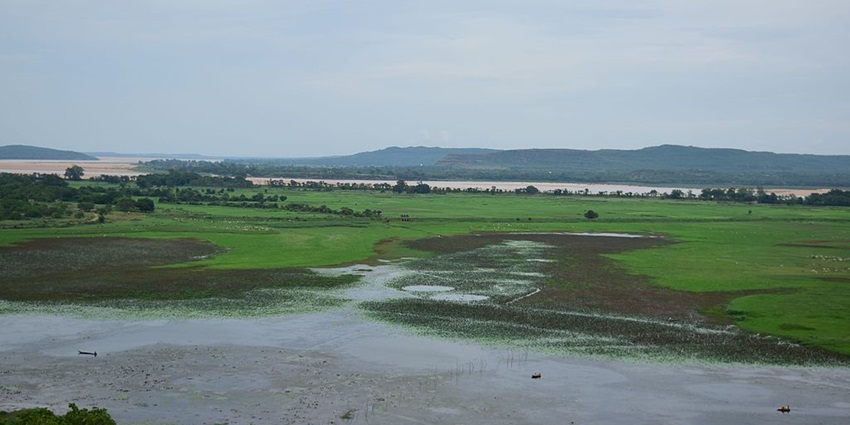
Photo: Bikash Ojha / Wikimedia Commons / Image For Representation Only
Sar Lake is a freshwater lake with ecological and cultural value. Nestled in the middle of greenery, the lake is essential to groundwater recharge and provides irrigation water to local agriculture. The lake supports a rich aquatic ecology with native fish, aquatic vegetation, and a winter flock of migratory birds. Local fishers rely on the lake to sustain their livelihoods, with Rohu and Catla among many species caught there. Sar Lake is also associated with local mythologies and folklore, thus a site of religious significance for the neighbouring settlements.
Location: Puri district
Best Time To Visit: October to February
5. Kolab lake
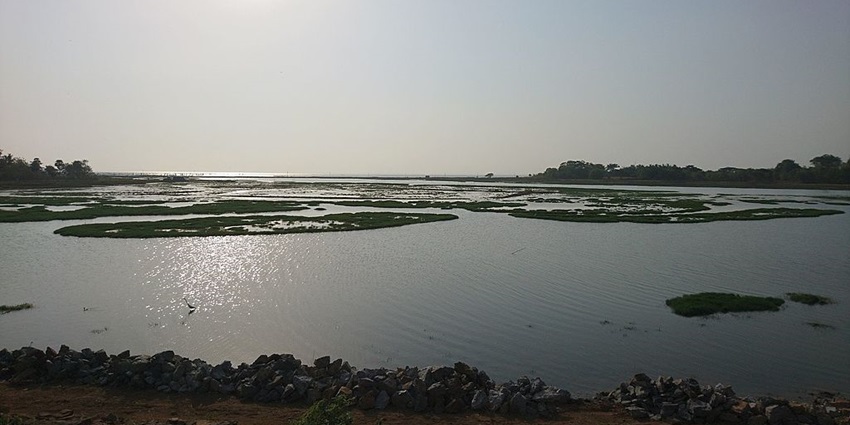
Photo: Niradmaharanagreen / Wikimedia Commons / Image For Representation Only
Located within the Kolab Dam is the magnificent fresh water lake in Odisha, also the Kolab Reservation. This ephemeral lake takes up a large area and is an important source of water supply for irrigation, drinking water and hydroelectric power generation. Surrounded by green hills and thick forests, it is a popular ecotourism destination. The lake is famous for its crystal-clear waters, which support a diverse aquatic ecosystem, including freshwater fish, turtles, and waterfowl. It is surrounded by beautiful nature, so nature lovers, adventure seekers and photographers are here.
Location: Koraput district
Best Time To Visit: October to March
6. Rengali Reservoir
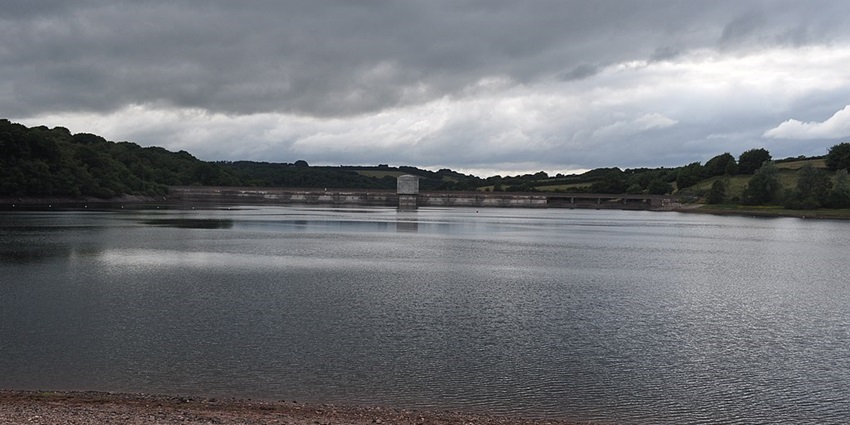
Photo: Lewis Clarke / Wikimedia Commons / Image For Representation Only
Although a human-made lake constructed by the Rengali Dam along the course of the Brahmani River, Rengali Reservoir is one of the essential fresh water lakes in Odisha. Covering a vast area, the lake plays an essential role in irrigation, hydroelectric power generation and fisheries. Boating and water sports activities are also now becoming popular, and with them, the lake is a major tourist attraction. The reservoir positively impacts local agriculture by directly supplying water to the nearby farmland. The lake has a rich aquatic ecosystem with several fish species like Mahseer and Catla, rendering it a thriving fishing hub.
Location: Angul district
Best Time To Visit: October to April
7. Tampara Lake
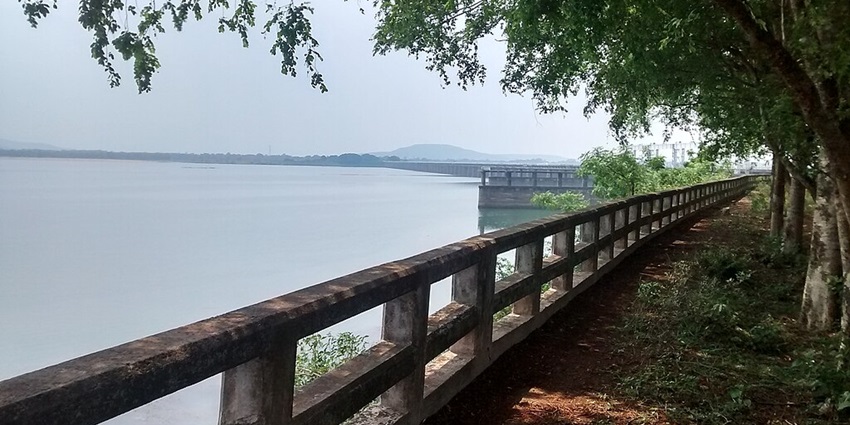
Photo: Dinesh Sankar1729 / Wikimedia Commons / Image For Representation Only
Tampara Lake is a new eco-tourism destination famous for its large area of water and the lake is peaceful for tourists. The Odisha Tourism Department is making an effort to transform the lake into a major tourist destination by introducing boating and other recreational activities. Tampara is also a significant wetland that provides shelter for many migratory birds during winter. A diverse variety of aquatic plants and grasses provide shelter for fish and other small aquatic organisms around the lake.
Location: Ganjam district
Best Time To Visit: October to February
Where To Stay
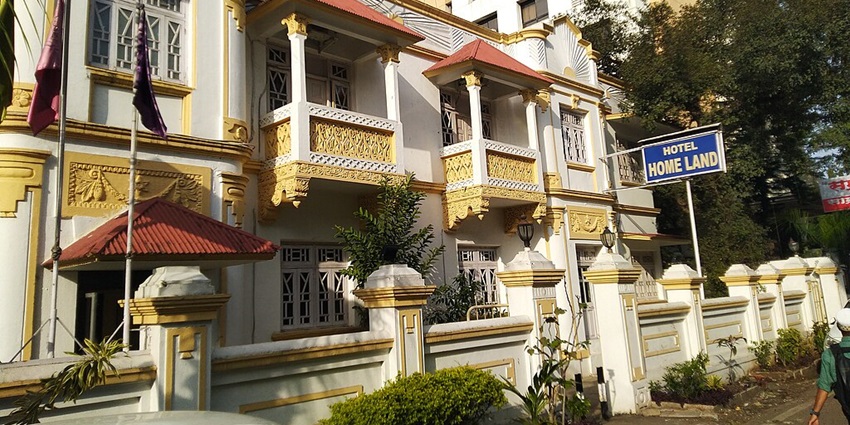
Photo: DesiBoy101 / Wikimedia Commons / Image For Representation Only
Odisha has accommodation options from luxury resorts to affordable stops near its famous lakes. In Koraput, eco-resorts such as Desia Koraput cost ₹1,500 to ₹3,500 a night. Nature Camp Ansupa costs around ₹1,200 to ₹2,500 per night, near Ansupa Lake. In Mayurbhanj, Bhadrak and Kalahandi, budget hotels offer rooms starting from ₹800 a night. During the peak season, which is October to February, it is highly recommended to book in advance. Mountain resorts are also expensive, but they add boating, guided tours, and nature trails to the travel experience.
Where To Eat

Photo: Lopanayak / Wikimedia Commons / Image For Representation Only
Close to Chilika Lake, stop at Chilika Dhaba Barkul for fresh prawns and crabs for ₹500 to ₹1,500 per meal. In Koraput and Kalahandi, local tribal dishes include mandia pej (ragi porridge) and smoked fish for ₹100 to ₹300 a meal. Bhubaneswar and Cuttack lakeside eateries offer Odia thalis of dalma, santula and seafood for ₹250 to ₹700 a meal. For the budget traveller, local dhabas serve minimal rice and curry dishes for ₹100 to ₹200.
Essential Travel Tips: A Quick List
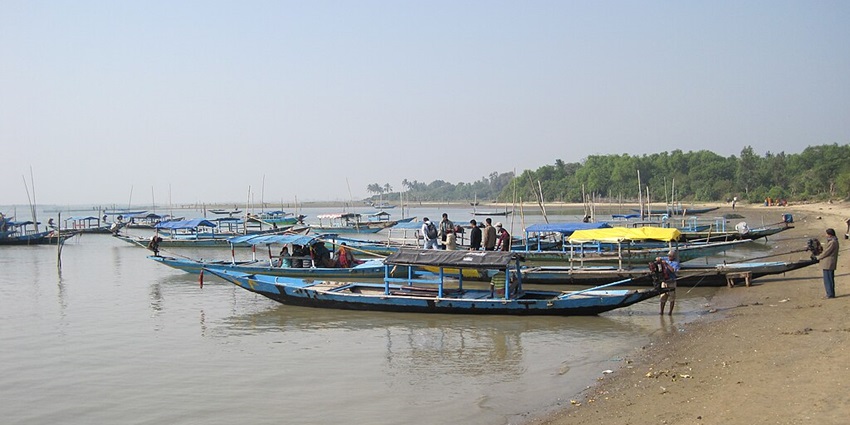
Photo: Devyansh.sharma09 / Wikimedia Commons / Image For Representation Only
- Carry Cash: Cashless payments may not always be accepted.
- Go Green: Use biodegradable products and be mindful of local wildlife.
- Boating Safety: Always wear a life jacket and check safety procedures.
- Local Transport: Utilize taxis, auto-rickshaws, or two-wheeler rentals for easy travel.
- Book in Advance: Accommodations fill up fast during peak seasons.
- Pack Smart: Bring binoculars for birdwatching, lightweight clothing, sunscreen, and mosquito repellent.
These Fresh water lakes in Odisha are a blend of scenic attractions, wildlife, adventure, and culture. In the company of fine nature, photography enthusiasts and adventure seekers alike can enjoy beautiful escapes to such locales. Design your travel well with budget stays and super interesting Odia food to make a memorable trip to these lakes. Plan your trip with TripXL to these natural wonders and head out to beautiful lakes in Odisha.
Cover Photo: Nirmalbarik / Wikimedia Commons


 WhatsApp
WhatsApp
 Twitter
Twitter









